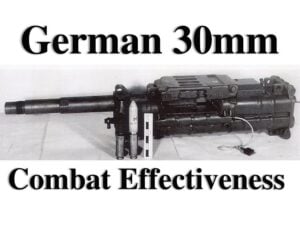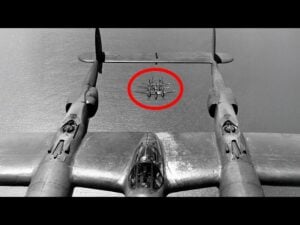The Truth About The Memphis Belle

YouTube / TJ3 History
This is the tale of the legendary Memphis Belle, a B-17 Flying Fortress from the 91st Bomb Group during World War II. What made her special, and which parts of her story are true?

Origins
The Memphis Belle and her crew were assigned to the 324th Squadron of the 91st Bomb Group. Captain Robert K. Morgan named the bomber after his sweetheart back home in Memphis, Tennessee, a young woman named Margaret Polk. He proposed the name to his crew, and they all agreed, marking the beginning of the Memphis Belle legend.

However, the Belle still lacked a distinctive face. Morgan reached out to George Pette, a pinup artist from Esquire magazine, who sent them a pinup from the 1941 issue. Soon, this artwork was added to the Memphis Belle on each side of the nose, one in red and the other in blue.
Becoming the Most Iconic Bomber
The Belle’s first official mission took place on November 7, 1942. In the 1990 film The Memphis Belle, it’s claimed that the Belle never took combat damage. However, this couldn’t be further from the truth. On her second mission, she was reported to have sustained slight damage, and she would endure varying degrees of damage on nearly every subsequent mission.

Between November 7 and May 17, the crew of the Belle flew over Nazi-occupied Europe 25 times. Bombardier Vincent B. Evans managed to drop over 60 tons of bombs on Germany, Belgium, and France. The crew targeted significant sites, including a Focke-Wulf plant in Bremen, docks in Wilhelmshaven, and railway yards in Rouen. They also damaged at least a dozen enemy planes, shot down five fighters, and likely downed five more.

The Belle engaged in fierce battles with Messerschmitts and Focke-Wulfs, enduring machine gun and cannon fire. Remarkably, she returned to base with her tail shot off and had a wing and five engines destroyed.
Her longest time out of commission was five days due to transportation issues affecting a delayed wing change. Nevertheless, the Belle completed all 25 successful bombing missions.
After the War
Captain Robert Morgan went on to fly a B-29 named Dauntless Dotty, leading the first B-29 raid over Tokyo in 1944. Co-pilot James Verinis returned to the European theater, flying his own B-17 named Connecticut Yankee.

William Wyler released his film in 1944, titled Memphis Belle: The Story of a Flying Fortress, which became a nationwide hit, solidifying the B-17’s place in history.
Although Margaret Polk did not end up with Captain Morgan, she became one of the plane’s greatest fundraisers, supporting its restoration and upkeep until her death.

The Belle was slated for scrapping, but the city of Memphis purchased her for $350 and flew her back, where she remained for 60 years. Eventually, she was moved to the National Museum of the United States Air Force, fully restored and displayed to the public.




















